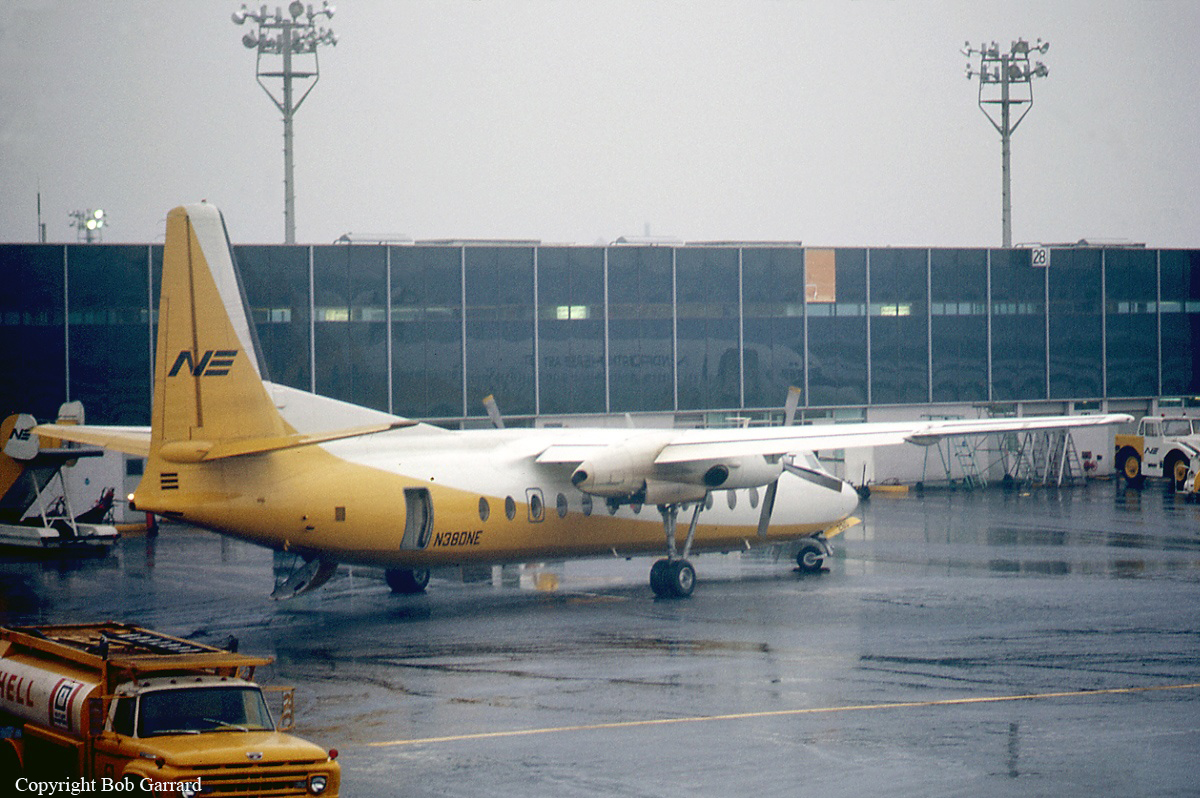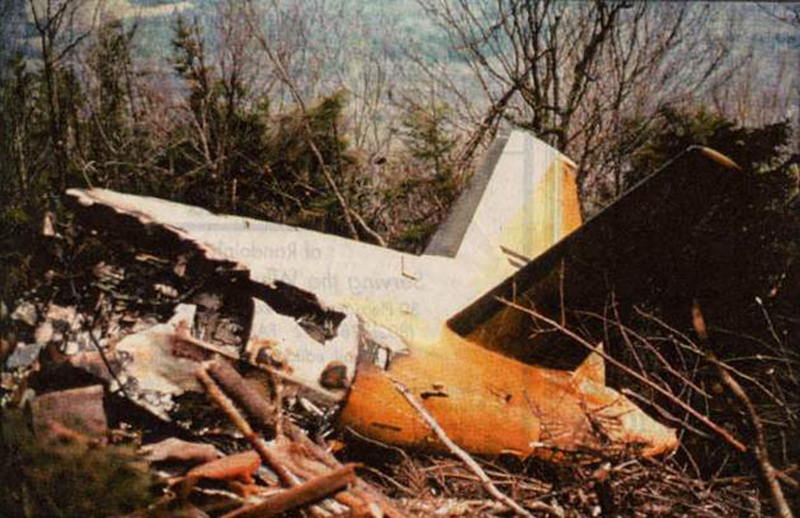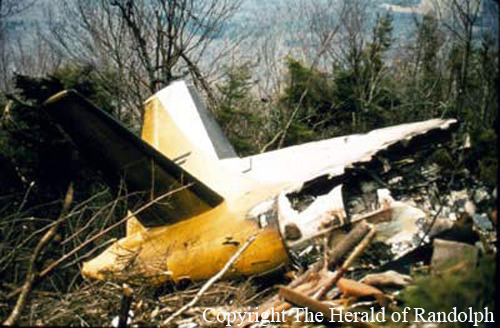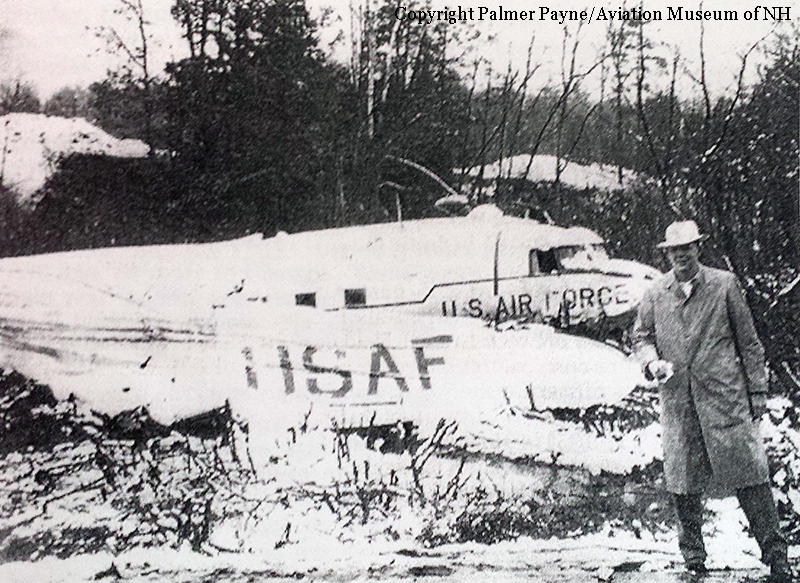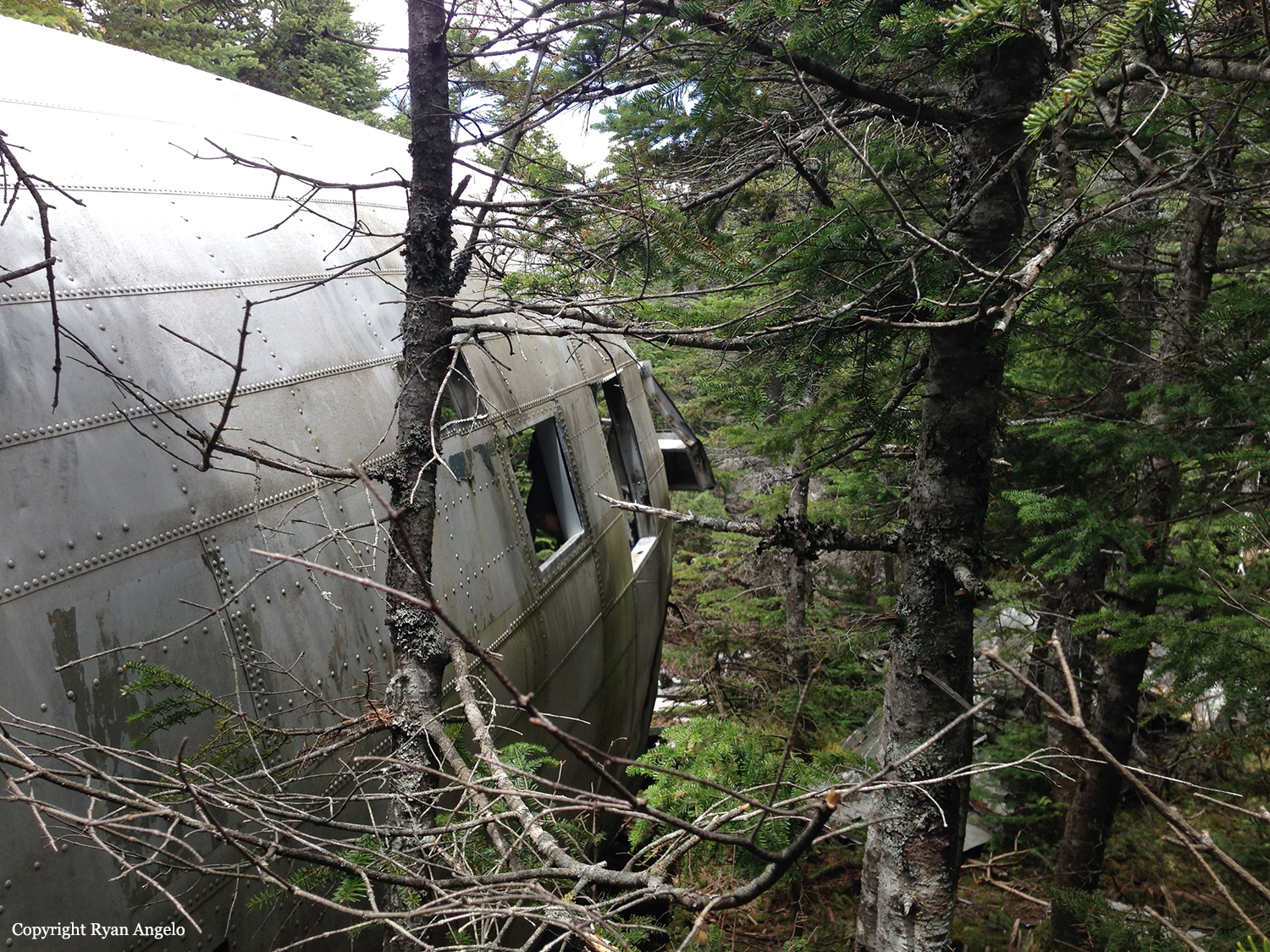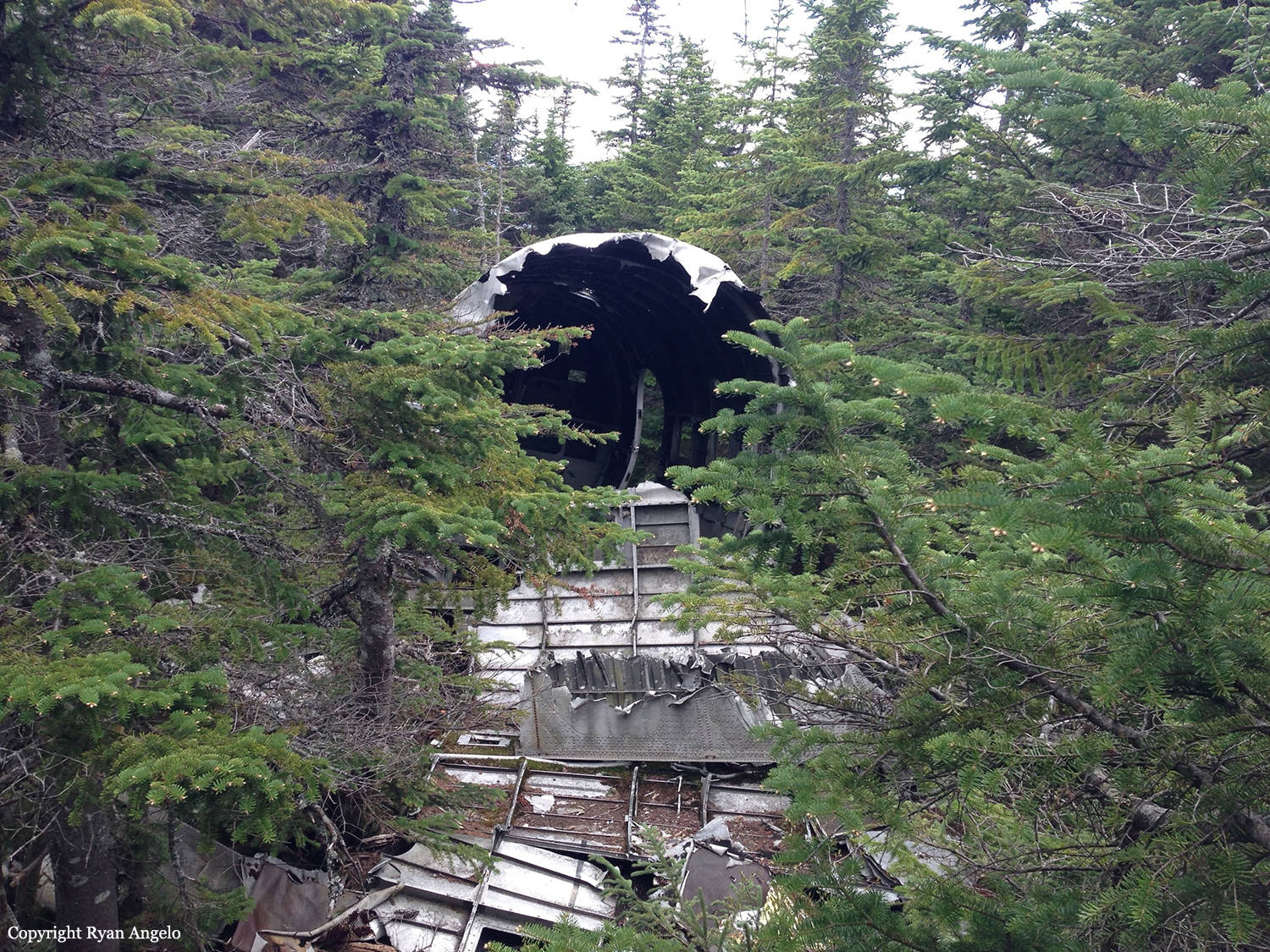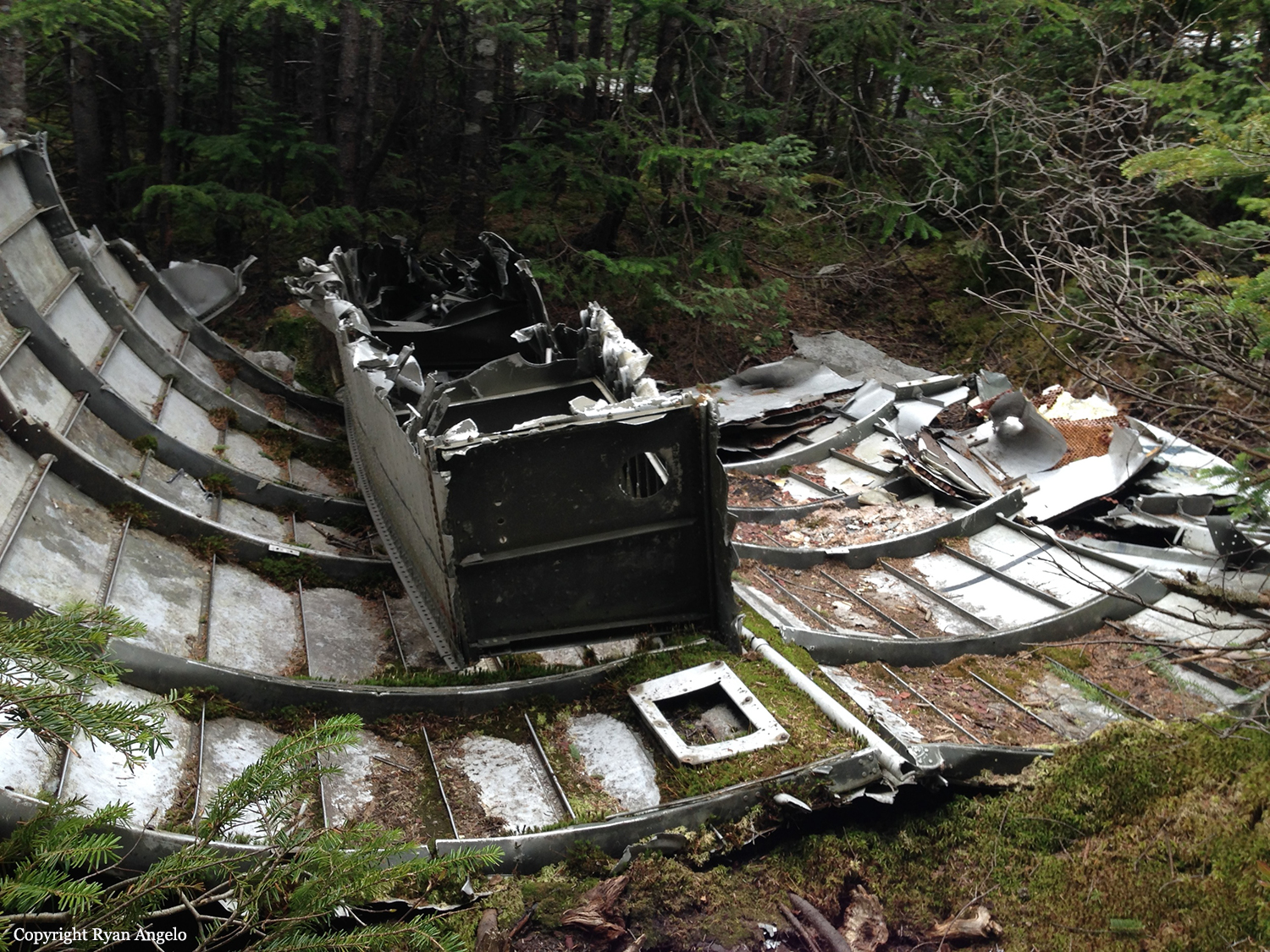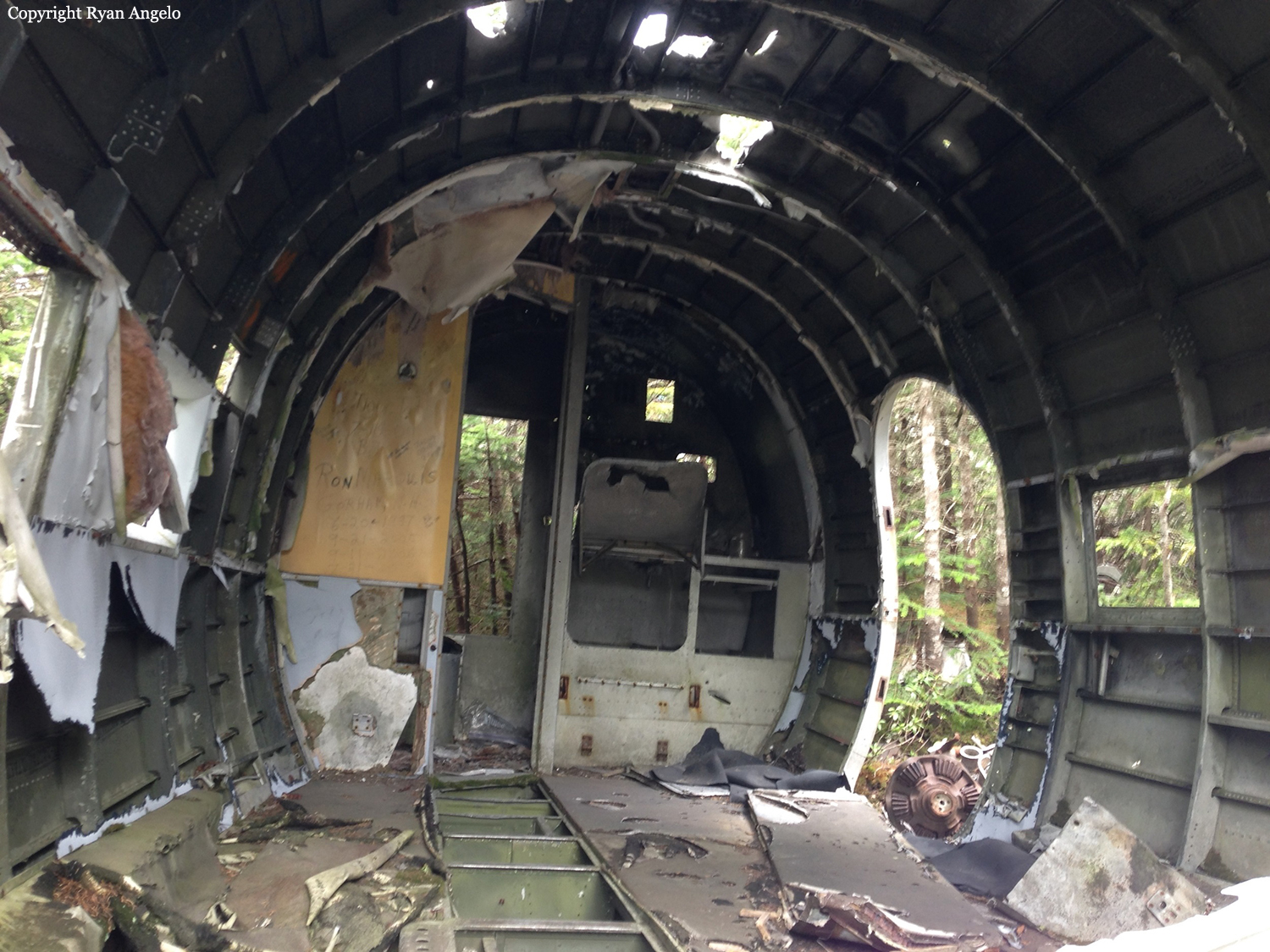Crash of a Cessna 340 on Mt Bond: 2 killed
Date & Time:
Aug 24, 1974
Registration:
N5AM
Survivors:
No
Schedule:
Whitefield - Rockland
MSN:
340-0010
YOM:
1971
Crew on board:
1
Crew fatalities:
Pax on board:
1
Pax fatalities:
Other fatalities:
Total fatalities:
2
Captain / Total hours on type:
1000.00
Circumstances:
After departure from Whitefield-Mt Washington Airport, the pilot encountered poor weather conditions with thunderstorm activity, turbulences and fog. While cruising at an altitude of 9,000 feet, he cancelled his IFR flight plan when the airplane entered an uncontrolled descent and crashed on Mt Bond located 15 miles south of Whitefield. The wreckage was found later and both occupants were killed.
Probable cause:
Uncontrolled descent following improper in-flight decisions on part of the pilot. The following contributing factors were reported:
- Thunderstorm activity,
- Turbulence associated with clouds and thunderstorm,
- High obstructions,
- Fog,
- Departed IFR but cancelled the flight plan at 9,000 feet,
- Hit mountain slope at 4,698 feet elevation.
- Thunderstorm activity,
- Turbulence associated with clouds and thunderstorm,
- High obstructions,
- Fog,
- Departed IFR but cancelled the flight plan at 9,000 feet,
- Hit mountain slope at 4,698 feet elevation.
Final Report:

